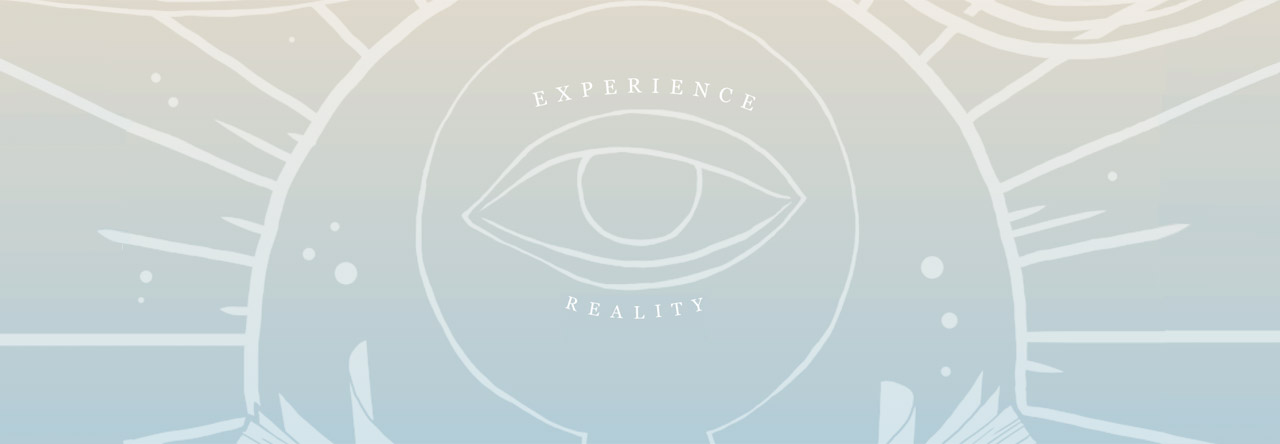 I am much looking forward to bringing my 17-year-old son on the US book tour for An Evil Eye in April – he’s never been to America, but he plays guitar and the name Robert Johnson means something very good to him.
I am much looking forward to bringing my 17-year-old son on the US book tour for An Evil Eye in April – he’s never been to America, but he plays guitar and the name Robert Johnson means something very good to him.
We’ll be visiting a range of fantastic independent bookstores across the south and west, with Lemuria as my very first gig, talking about the Ottoman Empire, Turkey, crime thrillers and food, I hope.
 Now, the Telegraph newspaper in the UK has asked me to keep a travel blog on its pages, kicking off with a print piece on detectives and travel, and I’d really appreciate the help of you blog readers here.
Now, the Telegraph newspaper in the UK has asked me to keep a travel blog on its pages, kicking off with a print piece on detectives and travel, and I’d really appreciate the help of you blog readers here.
Back in the mists of time, I wrote travel books – one, in fact, about walking across Europe to Istanbul – but I believe that it’s in crime novels that some of the best ‘travel’ writing is being done these days. I mean, a trip to Venice is much enhanced by following Donna Leon’s Brunetti through the watery streets, just as London will remain, for generations to come, the city of fogs and rattling horse-drawn cabs depicted in Sherlock Holmes. And when James Lee Burke gets going on Louisiana, I smell the swamp – don’t you?
So I want some tips from you guys – who, in your opinion, really captures the scents and sights, not to mention the seamy underbelly, of some of the places I’m set to visit on this compendious book tour? Let’s see: Jackson? Alabama. New Orleans. Austin, Texas – does Austin have a fictional crime fighter I should know about? Houston?
And who’s the go-to crime writer for Arizona? I can do Raymond Chandler for LA, obviously; less obvious to me is San Diego. Give me a few top tips for San Francisco, too: who really puts the Bay Area on the page? We wind up in Portland, Oregon. Is there a murder mystery I don’t know of, set in the city, or the state?
It’s a parlor game, really: try it, and drop me a line if you can. You can find me at jsn.goodwin@gmail.com and all suggestions are welcome. I also blog at thebellinicard.wordpress.com
If the writer you propose is published in the UK, so much the better – but let’s leave no stone unturned here!
Maybe we can blast somebody really good across the Atlantic…
Lemuria is where the US Magic Carpet Tour for April 2011 is kicking off.
I’ll be there on Wednesday, April 6th at 5:00 pm for reading and talking and signing. Come along – and send your friends, too!
-Jason Goodwin





 if you don’t know about mcsweeney’s you are in for a treat. mcsweeney’s is something i didn’t know about until i started working at lemuria and am more than jazzed about every time a new issue comes out. here’s a little about mcsweeney’s taken from their
if you don’t know about mcsweeney’s you are in for a treat. mcsweeney’s is something i didn’t know about until i started working at lemuria and am more than jazzed about every time a new issue comes out. here’s a little about mcsweeney’s taken from their  ”
” “McSweeney’s Quarterly Concern publishes on a roughly quarterly schedule, and we try to make each issue very different from the last. One issue came in a box, one was Icelandic, and one looks like a pile of mail. In all, we give you groundbreaking fiction and much more.”
“McSweeney’s Quarterly Concern publishes on a roughly quarterly schedule, and we try to make each issue very different from the last. One issue came in a box, one was Icelandic, and one looks like a pile of mail. In all, we give you groundbreaking fiction and much more.” and instructional videos that have not, for whatever reason, found wide release. Recent issues of Wholphin have included films by Spike Jonze, David O. Russell, Miranda July, Miguel Arteta, Errol Morris, and Steven Soderbergh, and performances from John C. Reilly, Selma Blair, Patton Oswalt, Andy Richter, a monkey-faced eel, and many others.”
and instructional videos that have not, for whatever reason, found wide release. Recent issues of Wholphin have included films by Spike Jonze, David O. Russell, Miranda July, Miguel Arteta, Errol Morris, and Steven Soderbergh, and performances from John C. Reilly, Selma Blair, Patton Oswalt, Andy Richter, a monkey-faced eel, and many others.”
 TR: We started work on the book at the end of May, and continued to work on it throughout the summer. The summer went by so fast that it was hard to keep track of the days. Everyday was an exciting blur.
LA: We spent most of the summer preparing for publication. We only received the shipment about two or three weeks before school started, I think, sorry that summer was a blur.
EG: Tell us a little bit about how y’all went about publishing your book?
LA: My mother is a graphic designer, she designs logos and book covers, so she knew quite a lot about the publishing system. In the end, she pulled through for us and helped us publish the book.
TR: We usually received email updates from Heidi [Lauren’s mom] about how the publication process was going, and it was fun to choose the paper and color scheme for the book. We received the books about two weeks before school started, so about late July or early August.
EG: Are y’all working on anything else?
TR: Lauren is, as usual, writing poems, and I am doodling every second of the day. The only setback [for publishing another book] is the financial cost of the printing.
TR: We started work on the book at the end of May, and continued to work on it throughout the summer. The summer went by so fast that it was hard to keep track of the days. Everyday was an exciting blur.
LA: We spent most of the summer preparing for publication. We only received the shipment about two or three weeks before school started, I think, sorry that summer was a blur.
EG: Tell us a little bit about how y’all went about publishing your book?
LA: My mother is a graphic designer, she designs logos and book covers, so she knew quite a lot about the publishing system. In the end, she pulled through for us and helped us publish the book.
TR: We usually received email updates from Heidi [Lauren’s mom] about how the publication process was going, and it was fun to choose the paper and color scheme for the book. We received the books about two weeks before school started, so about late July or early August.
EG: Are y’all working on anything else?
TR: Lauren is, as usual, writing poems, and I am doodling every second of the day. The only setback [for publishing another book] is the financial cost of the printing.
 It has been six weeks ago since Borders declared bankruptcy and announced the closing of more than 200 stores in an attempt to restructure their retail business model. I went to New Orleans to the beautiful Borders on St. Charles (a former funeral home) for the opening weekend of closing sales.
It has been six weeks ago since Borders declared bankruptcy and announced the closing of more than 200 stores in an attempt to restructure their retail business model. I went to New Orleans to the beautiful Borders on St. Charles (a former funeral home) for the opening weekend of closing sales.







 The wait is almost over! Just a few more hours are left until we get to meet Russell, and if you’re coming to the reading, I can already tell you you’re in for a treat. I know this because my dad saw her a few weeks ago in Florida, at my “bookstore alma mater,” the Vero Beach Book Center.
The wait is almost over! Just a few more hours are left until we get to meet Russell, and if you’re coming to the reading, I can already tell you you’re in for a treat. I know this because my dad saw her a few weeks ago in Florida, at my “bookstore alma mater,” the Vero Beach Book Center. We took a lot of reserve orders for Wednesday’s event with Téa Obreht. In fact, we were worried we wouldn’t have enough unreserved books left for the great turnout we had. Nothing beats hearing an author read. Especially while drinking a beer and hanging out in the dot com building. And you can’t help but feel more jazzed about a signed book, too, when you’ve watched the hand that actually wrote the book put a pen to it.
We took a lot of reserve orders for Wednesday’s event with Téa Obreht. In fact, we were worried we wouldn’t have enough unreserved books left for the great turnout we had. Nothing beats hearing an author read. Especially while drinking a beer and hanging out in the dot com building. And you can’t help but feel more jazzed about a signed book, too, when you’ve watched the hand that actually wrote the book put a pen to it.